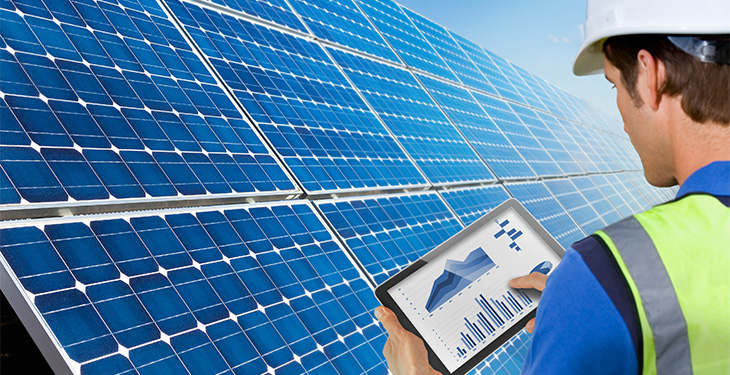Over the next two decades, the world’s energy system will undergo a huge transformation. Wind and solar power are poised to become dominant sources of electricity. China’s once-relentless appetite for coal is set to wane. The amount of oil we use to fuel our cars could peak and decline. But there’s a catch: The global march toward clean energy still isn’t happening fast enough to avoid dangerous global warming, at least not unless governments put forceful new policy measures in place to reduce carbon dioxide emissions.
That’s the conclusion of the International Energy Agency, which on Monday published its annual World Energy Outlook, a 661-page report that forecasts global energy trends to 2040. These projections are especially difficult right now because the world’s energy markets, which usually evolve gradually, are going through a major upheaval, according to nytimes.com.
Around the world, the electricity sector “is experiencing its most dramatic transformation since its creation more than a century ago,” the report said. One big factor is the rapid growth of wind and solar power. Over the past five years, the average cost of solar power has declined 65 percent and the cost of onshore wind has fallen 15 percent. The energy agency predicts those prices will keep tumbling as technology improves and governments scale back subsidies. Solar plants are becoming well-placed to outcompete new coal plants almost everywhere.
The agency sees renewable power supplying 40 percent of the world’s electricity by 2040, up from 25 percent today. Even that forecast could prove conservative: In the past, the agency has underestimated the speed at which wind and solar power proliferate. “Our solar expectations are about 20 percent higher than they were last year, both because of new policies in China and India and because the costs are coming down so fast,” said Fatih Birol, the agency’s executive director.
The report warns, however, that many countries will need to retool their grids to manage the output from wind and solar plants, which run intermittently. That will mean overhauling rules for how electricity markets operate, relying on batteries and gas plants for grid flexibility and exploring new tools like hydrogen storage.
